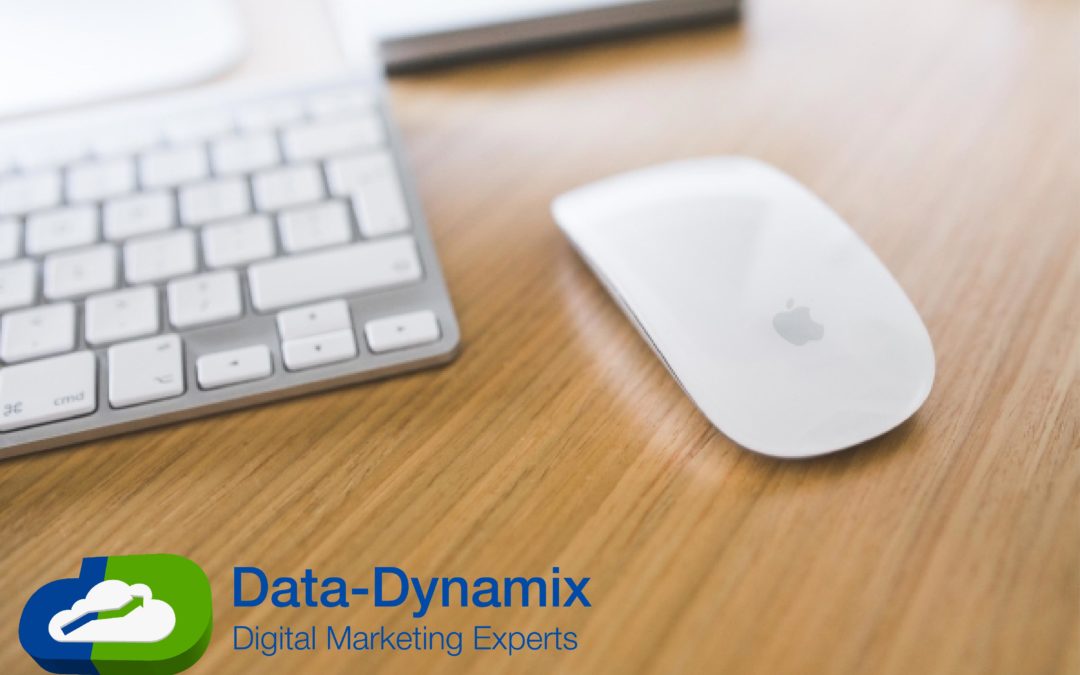Understanding Sales Funnels and Incorporating Email Marketing
Sales funnels are an integral part of successful marketing.
But what is a sales funnel? It is a marketing system that leads a potential customer or client through a systematic process in which the final goal is the purchase of a specific product or service.
The process leads the individual through three stages:
Leads: Leads are a group of people you have targeted with your product or service. It can be based on demographic, need, age, etc.
Prospects: Prospects are when you have converted those leads into people who are showing interest in your product or service either through contact with your company or signing up for a newsletter, webinar, etc.
Customers: This is the conversion factor, but it doesn’t stop here. There are two types of customers: the single purchase and the repeat buyer.
You take leads, turn them into prospects, and then convert them into customers. The overall goal is to have that customer be a repeat customer.
So how do you do that?
It begins with a landing page. A landing page isn’t your home page, it’s not a blog post, and it’s not the about you (or your company) section of your website. A landing page is specifically designed to turn browsing consumers into potential leads.
It is made up of three parts:
The Call to Action (CTA) for the lead to enter their details for more information (the start of your automated sales funnel). The potential client or customer should enter their email address at a minimum, but please note that the more information you require up front, the less they will trust your intentions. A first name and email address is usually enough to get the ball rolling, but you can choose your preference.
A SINGLE focus and message. Yes, you can have different landing pages for different things. Keep that in mind as you develop your first one. Why a single focus and message? Distractions will lead to hedging. You want them to purchase, not be distracted by options. One landing page per mission.
Enrichment. It needs to enrich their lives in some way. It needs to be more than “sign up for my newsletter to get updates”. You need to provide a quality incentive to gain their trust. You can have an informational video. It can be a personal message to them, a description of a product and service’s use, etc. It could be a free ebook, study, document, etc. that aligns with your company message and the product or service you’re trying to get them to purchase.
The CTA needs to be first and foremost. If they must scroll to enter their information, you’ve already lost 80% of them. The CTA button must be clear and distinct. Use colors and text that are easy to see, draw the eye, and can be read on mobile devices. You must clearly state what they are receiving in exchange for their email address. It should be at eye level with the CTA to make sign up easier.
Once they are signed up, you can follow-up. It’s best to automate this response. Did you offer a free product or service? Put that in your automated campaign. The moment they sign up (and verify their email address), they will want that product or service you offered.
You create preset emails that follow a predetermined pacing schedule. Once they sign up, the automation begins, and it lets your company continue to do business 24/7. This particular set-up will usually last a week, or so. If you have a limited time offer on the hard sell, you may do a last chance email as well, but that’s up to you.
Here is a more traditional set-up to get you started:
Email 1 (day 1): Thank them for showing interest in your product and service. Provide the lead generated content promised on the landing page.
Email 2 (day 3): Offer free and useful content such as blog articles, eBooks, digital products, podcasts, or videos/webinars.
Email 3 (day 5): The hard sell. This is where you sent your sales pitch for the primary product and service. Make sure you have a Call to Action prominently displayed with the purchase link. Keep in mind that many email previewers will not load images until the message is clicked on, so ensure that your purchase links are text links.
Email 4 (day 7): If they purchased, you can offer an ‘upsell’, bonus content, etc. to thank them. Set up another sequence where you occasionally send them great content. If they didn’t buy, they can fall into another auto-responding list where you pitch to them again in a few months. Be careful of two things: 1. You are 60-80% more likely to sell to a current customer compared to a new one. 2. People buy based on emotion rather than intellect. The relationship doesn’t end once money changes hands. Make your current customers feel welcome and you’ll see great results.
Automating your sales funnel through email and auto-responders is a fantastic way to streamline your product and service sales.

